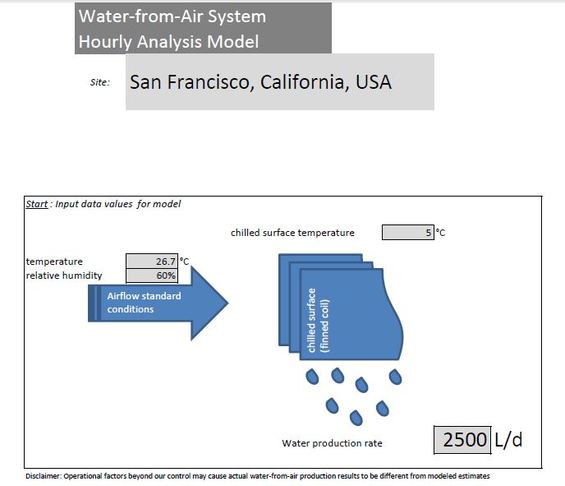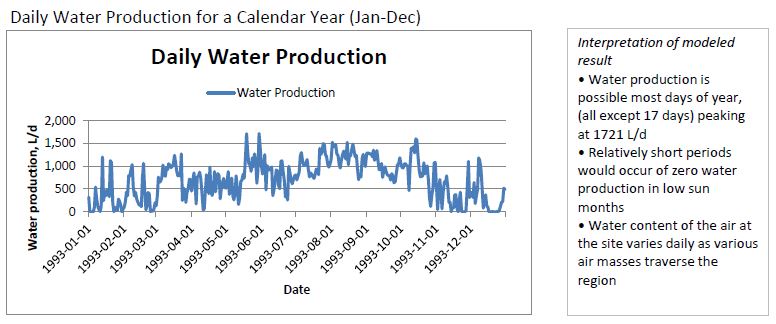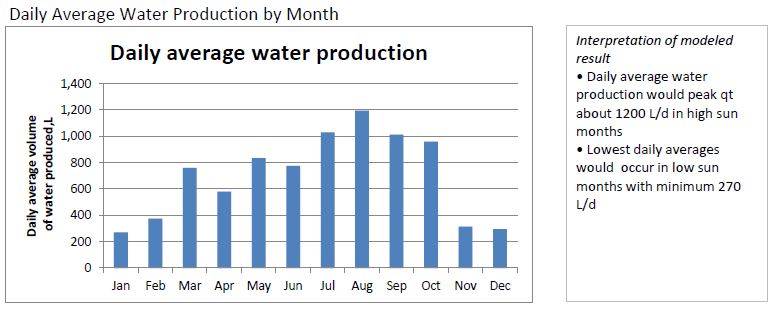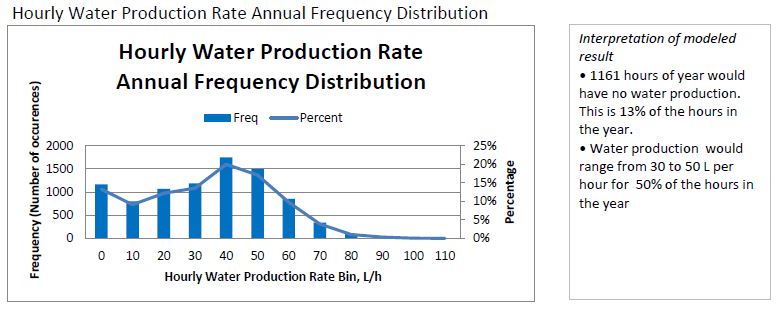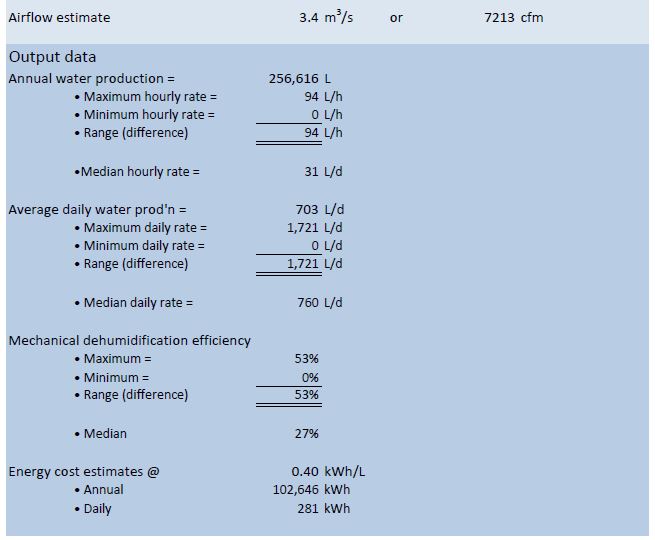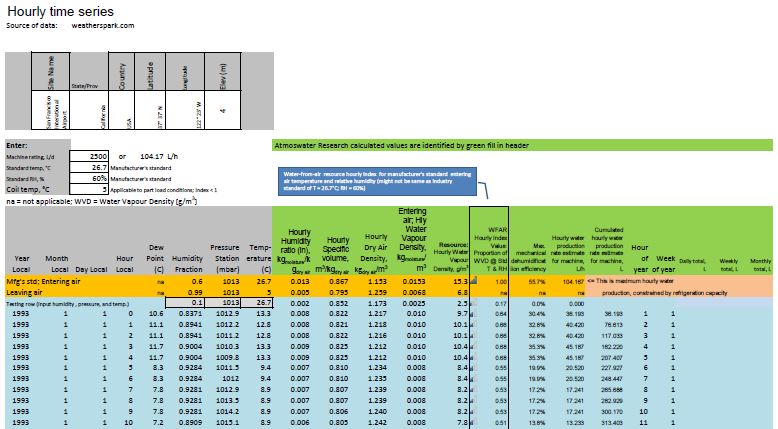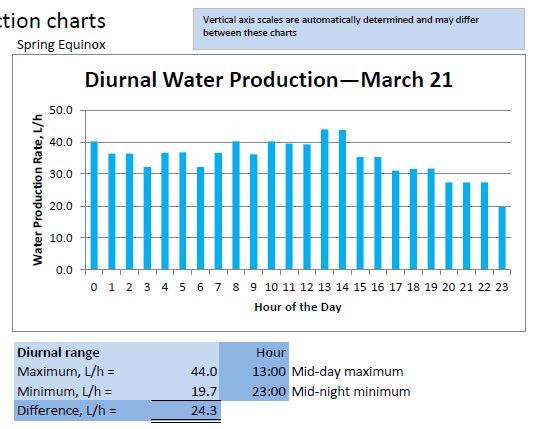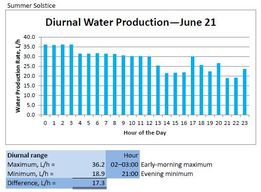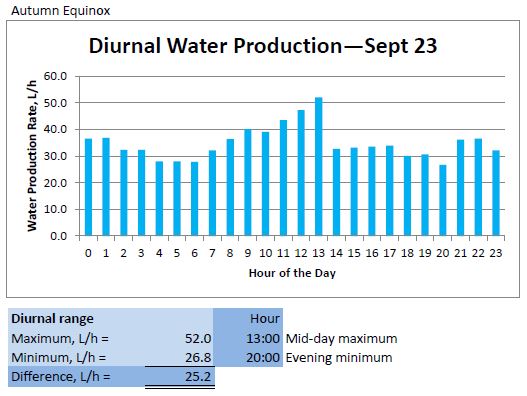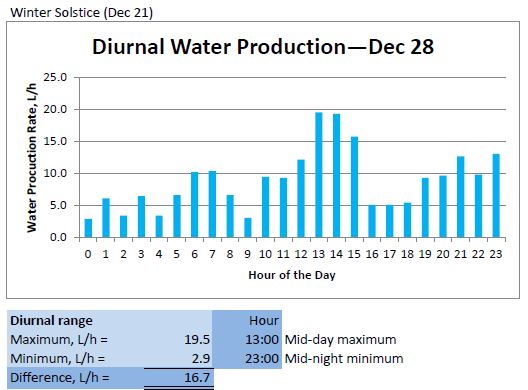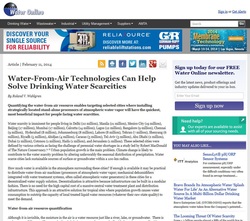- "...reducing and managing [water] demand are proving inadequate as population and economic growth quickly absorb any capacity that is created through these measures."
- "Recycling and reuse of water...have limited scalability because they are fundamentally constrained by the available supply."
- "Effective solutions to increase the [fresh water] supply are at present limited, or they are practically non-existent since all resources are being exploited beyond sustainable capacity or rapidly dwindling due to climate change."
- "Desalination is not only energy intensive; it also creates concentrated brine and other byproducts that create significant environmental challenges with the cost of disposal."
The authors proceed to outline their proposal for a system for siting water vapor collection systems above the surface of the ocean and then transporting the vapor to condensation systems on the nearby shore. They discuss the water vapor resource, the insignificant impact of climate change on viability of their system, the negligible environmental impact, and the financial feasibility. The research trio also claim their ocean-based system will benefit from a higher moisture flux compared to land-based water-from-air installations.
The merits of the system outlined in the article remain to be validated but the important learnings from the article for those of us in the water-from-air industry are the quotations about the continuing inability of conventional water resources to provide global water security---thus giving incentive to our industry leadership to continue working diligently to prove the value of developing and commercializing water-from-air technologies.
Reference
Rahman, A., Kumar, P. & Dominguez, F. (2022). Increasing freshwater supply to sustainably address global water security at scale. Sci Rep 12, 20262 (2022). https://doi.org/10.1038/s41598-022-24314-2. This is an Open Access article.
